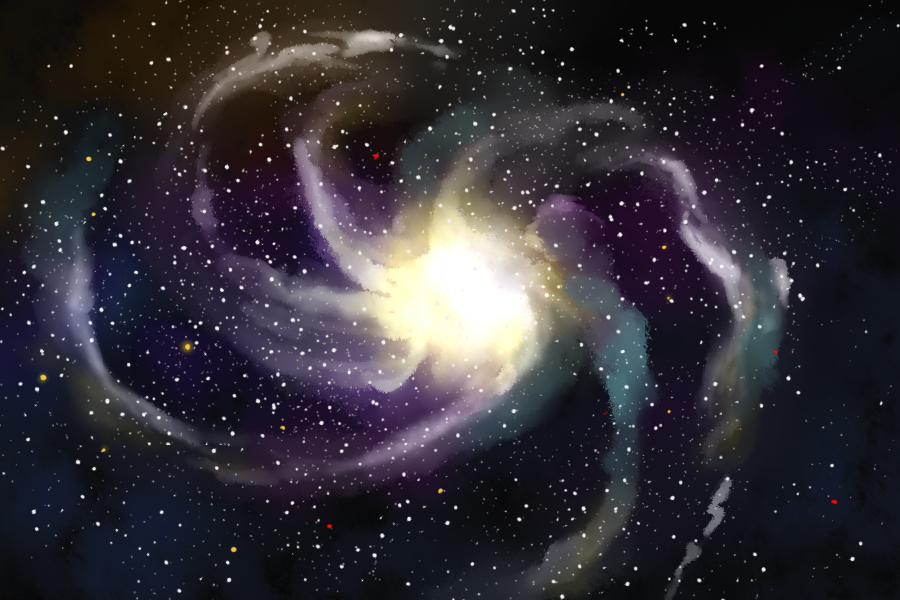
Astronomers led by UC Davis graduate student discover faint, distant galaxy
A team of ambitious astronomers led by Austin Hoag, a UC Davis graduate student in physics, have unearthed an incredible finding: the discovery of one of the faintest and most distant galaxies in the universe.
This ultra-distant galaxy, at 13.1 billion years old, is an ancestor galaxy from the Epoch of Reionization. This was a period of time after the Big Bang when cold, neutral hydrogen, which rendered the universe dark, was re-ionized by ultraviolet light emitted by galaxies. This led to the demise of the “dark ages” and the universe became visible.
“One of the main reasons for studying these distant galaxies is to determine how the Epoch of Reionization unfolded,” Hoag said, who was also the lead author of the paper published in Nature Astronomy. “Reionization was a major transition in the history of the Universe, and we really do not know much about it.”
Interestingly enough, the newly discovered galaxy, deemed MACS1423-z7p64, falls short of extraordinary.
“There is evidence that the Epoch of Reionization was primarily driven by intrinsically faint galaxies, which were much more abundant than the intrinsically bright galaxies at that time,” Hoag said. “The ordinary nature of this galaxy is that it is intrinsically faint compared to the other ones discovered at the same distance or further.”
This galaxy is exceptional in another way, however. It is located behind a large galaxy cluster, which bends the path of light as it passes by and magnifies the brightness of MACS1423-z7p64, thus making it visible to the scientists. The team was able to use images and spectroscopy from the Hubble Space Telescope and the 10-meter Keck Telescope on top of Mauna Kea in Hawaii to detect and confirm the distance of the galaxy.
“The fact that the galaxy we study is located in the same direction as the galaxy cluster MACS1423 makes it a prime candidate for us to see,” said Marusa Bradac, a physics professor. “The light from the galaxy got magnified by this massive foreground structure.”
This discovery, along with future discoveries of galaxies, may reveal critical information about the mystical origins of the early universe and, specifically, the nature of the first galaxies and their role in reionization in the Epoch of Reionization.
“The main consequence of this study is that we have now definitively found evidence that what we believed to be typical galaxies at this epoch exist and appear to roughly have the properties they were expected to have,” said Brian Lemaux, a co-author of the paper. “Galaxies such as these will be the main targets of future telescopes and ones in the not-so-distant future, [like] the James Webb Space Telescope, which will be launched into space [in] a year’s time.”
Written by: Harnoor Gill — science@theaggie.org



